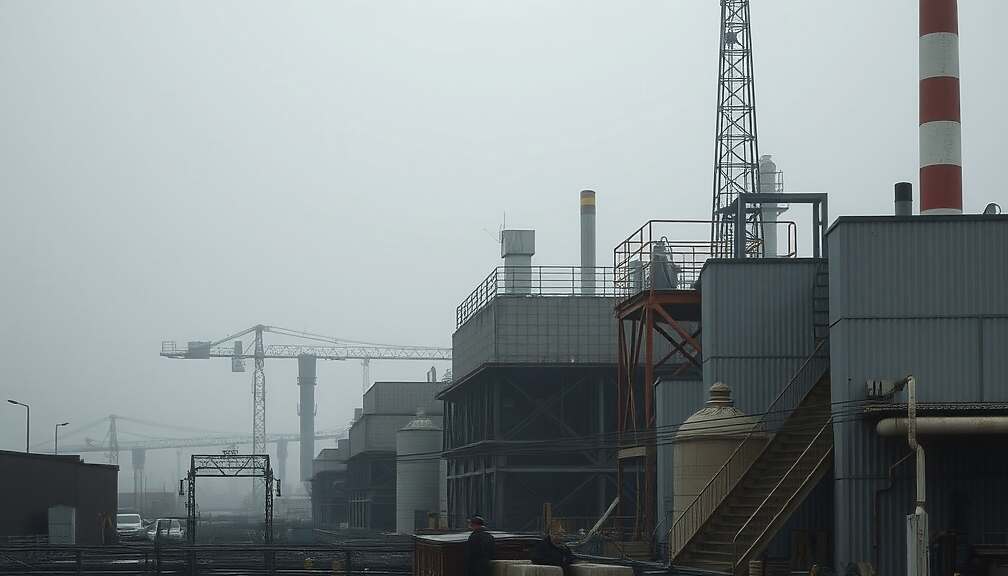German industrial producer prices experienced a deceleration in decline during September 2025, falling 1.7% year-on-year, a notable contrast to the -2.2% drop observed in August. The slowdown, reported by Destatis, the Federal Statistical Office, suggests a complex interplay of factors impacting the German economy, sparking renewed debate over the effectiveness of current policy interventions.
While the overall decline is partially attributed to lower energy prices – down 7.3% year-on-year, with a sharp 10.7% decrease in the price of distributed natural gas – a deeper analysis reveals a segmented picture. Energy prices, though lower, saw a 0.3% drop month-on-month, signaling potential volatility. Conversely, investment goods, indicating future capital expenditure, saw a 1.9% price increase year-on-year, signaling persistent inflationary pressures within specific sectors.
The decline in producer prices is masking significant disparities. Consumer goods were substantially more expensive, climbing 3.2% compared to September 2024. This is primarily driven by soaring food prices, particularly beef (up 34.8% year-on-year) and coffee (up 27.6%). The sharp increase in beef prices, attributed to a combination of factors including rising feed costs and export demand, is likely to fuel consumer anxieties. Butter and pork, however, offered slight relief with price declines.
The picture for intermediate goods-materials used in the production of other goods-is somewhat more positive. Prices for these goods fell 0.9% compared to the previous year, a sign of potential easing in supply chain bottlenecks. However, rising prices for metals, particularly precious metals like gold (up 31.4% year-on-year), raise concerns about potential speculation and future inflationary consequences. The steep rise in gold prices, in particular, could impact Germany’s economic stability, given its significant gold reserves.
The data reveals a persistent divergence between raw material costs and finished goods prices, suggesting a weakening ability of businesses to absorb cost increases. Questions are being raised within political circles about the long-term impact of these trends on industrial competitiveness and disposable income. The apparent conflict between reduced intermediate goods and elevated consumer prices raises concerns that businesses are passing on costs to consumers.
Furthermore, the rise in prices for wood and wood products (up 4.8% year-on-year), coupled with the decline in prices for paper and cardboard, indicates evolving trends in resource utilization and potentially shifting consumer behavior.
The latest figures are likely to be scrutinized by policymakers as they grapple with navigating economic headwinds and formulating strategies designed to bolster industrial resilience and curtail inflation while supporting consumer purchasing power. The complex and segmented nature of the price developments underscores the necessity for nuanced policy responses.












